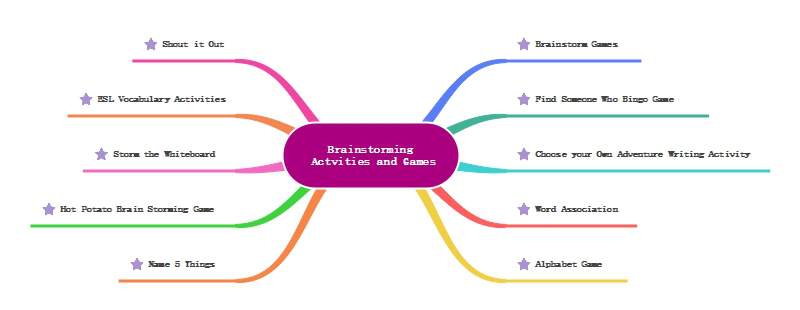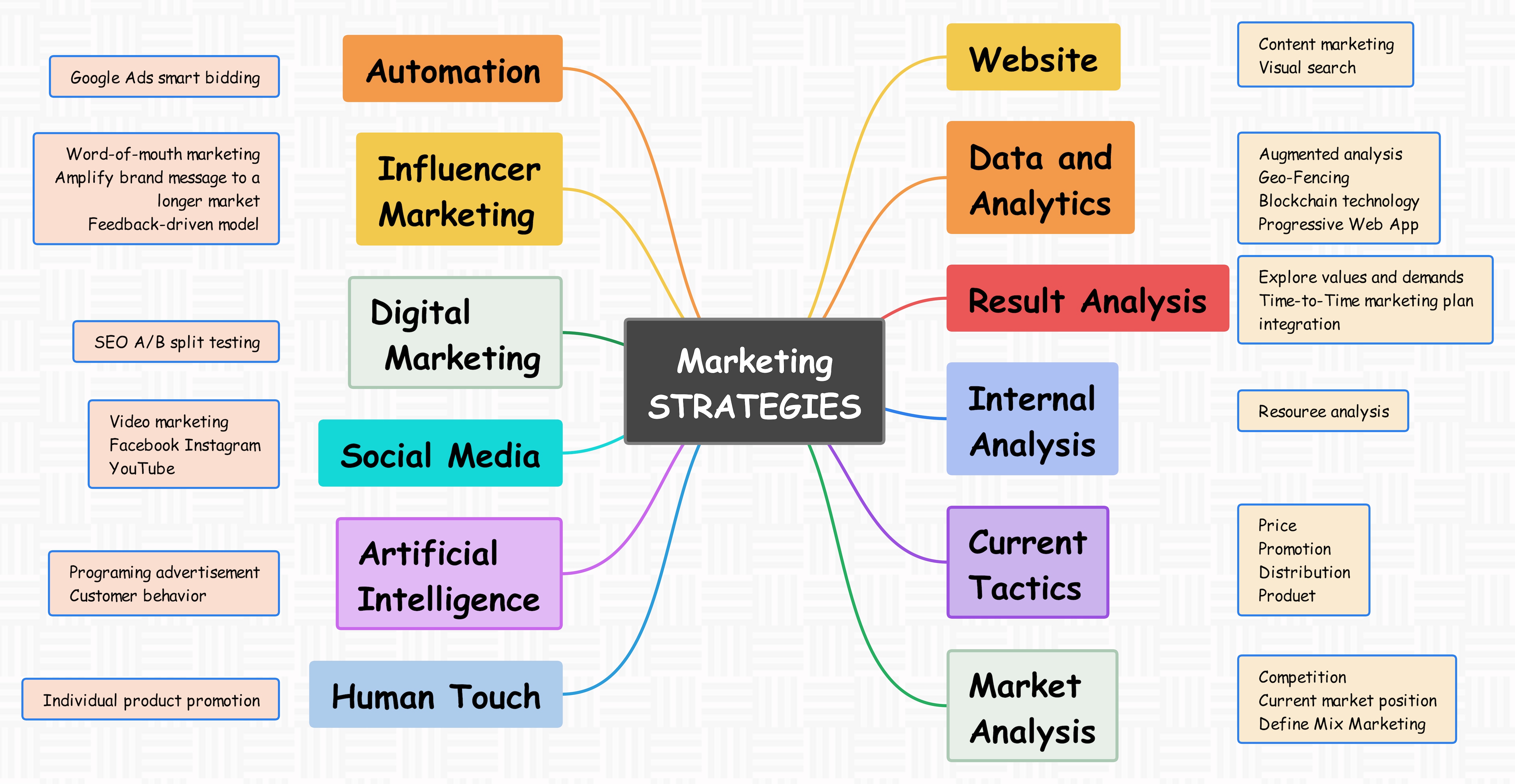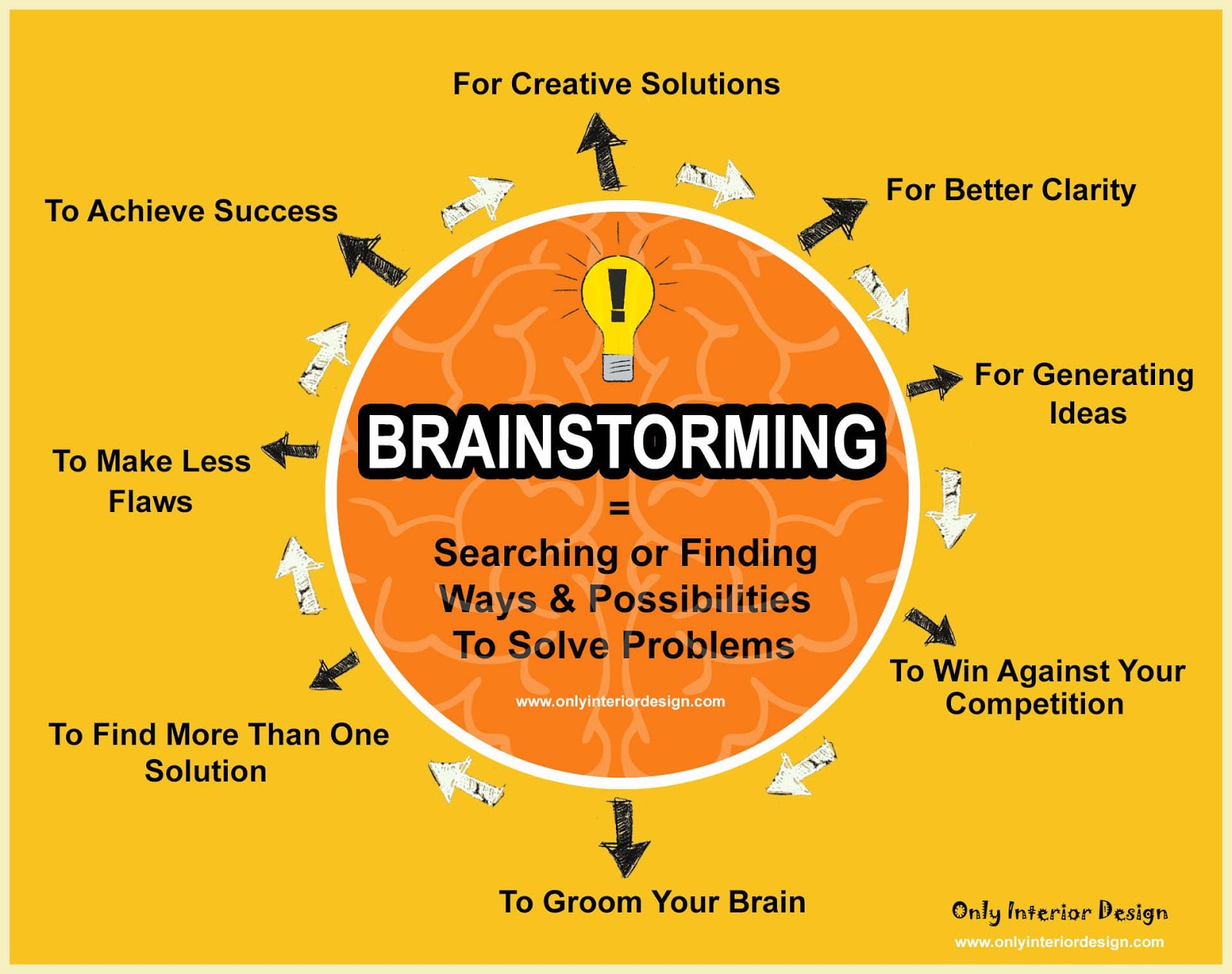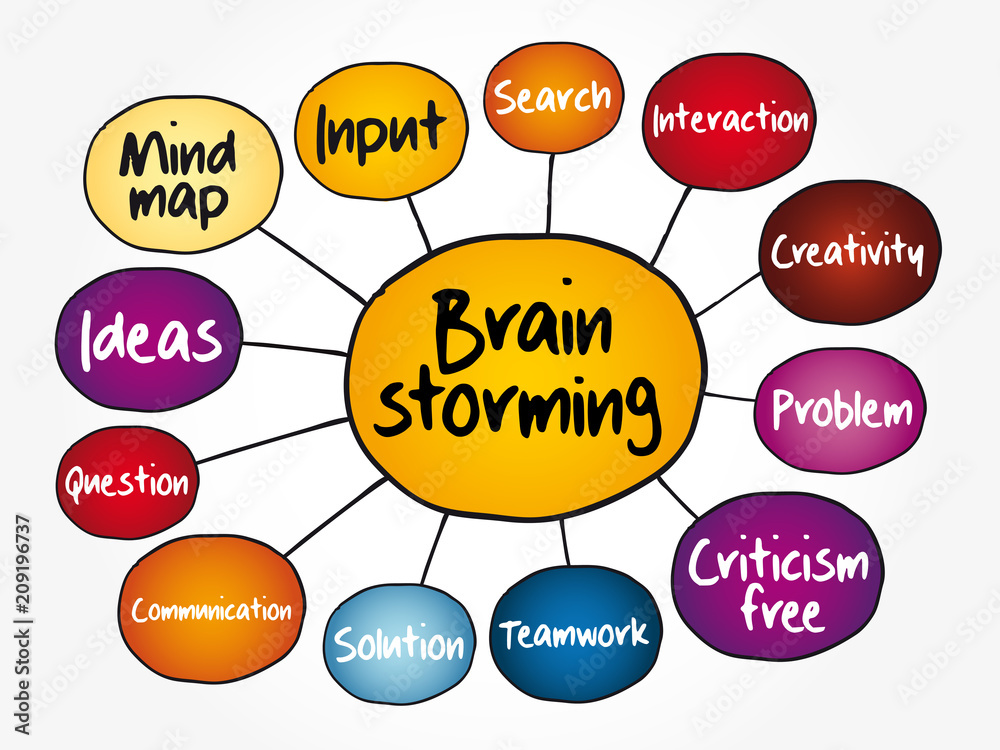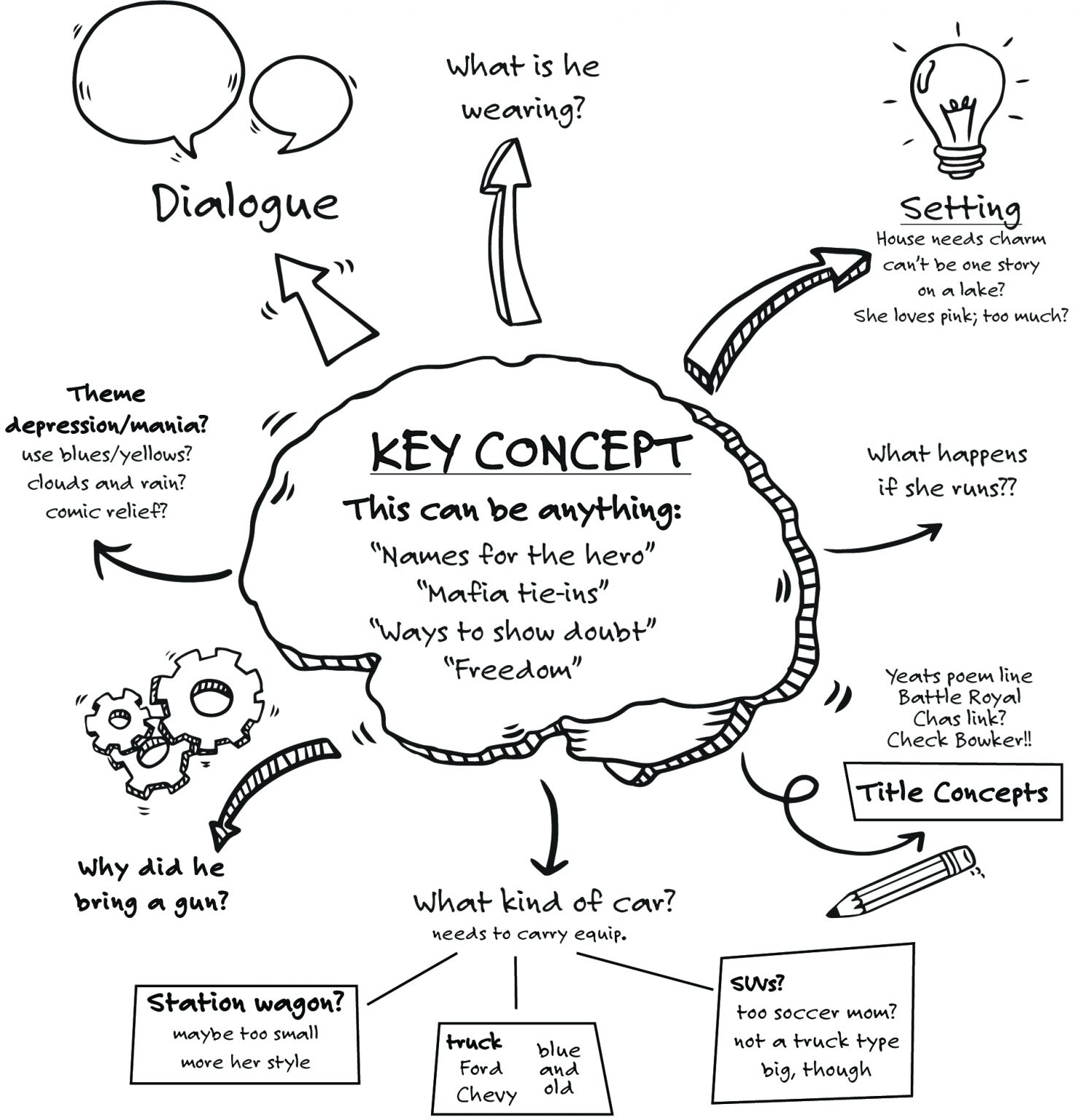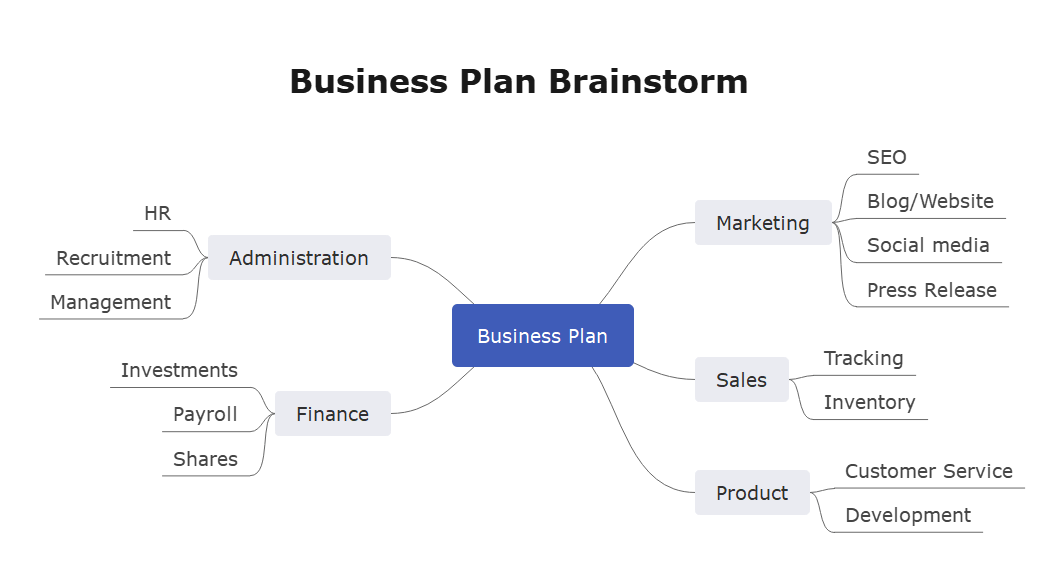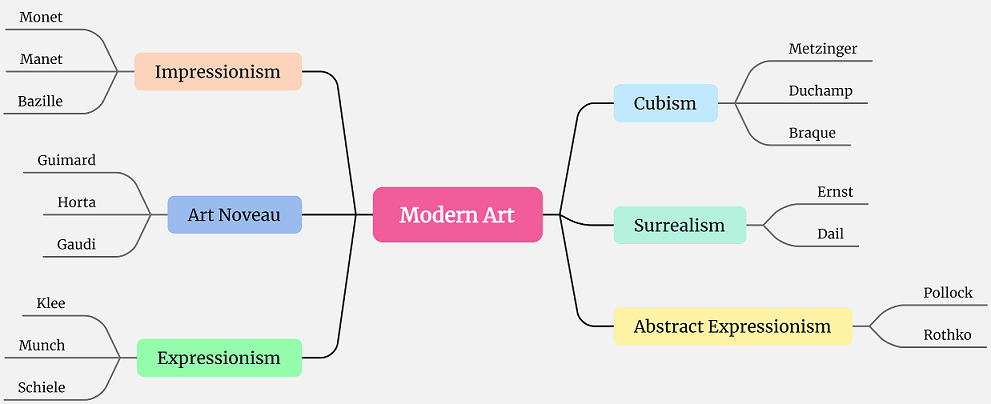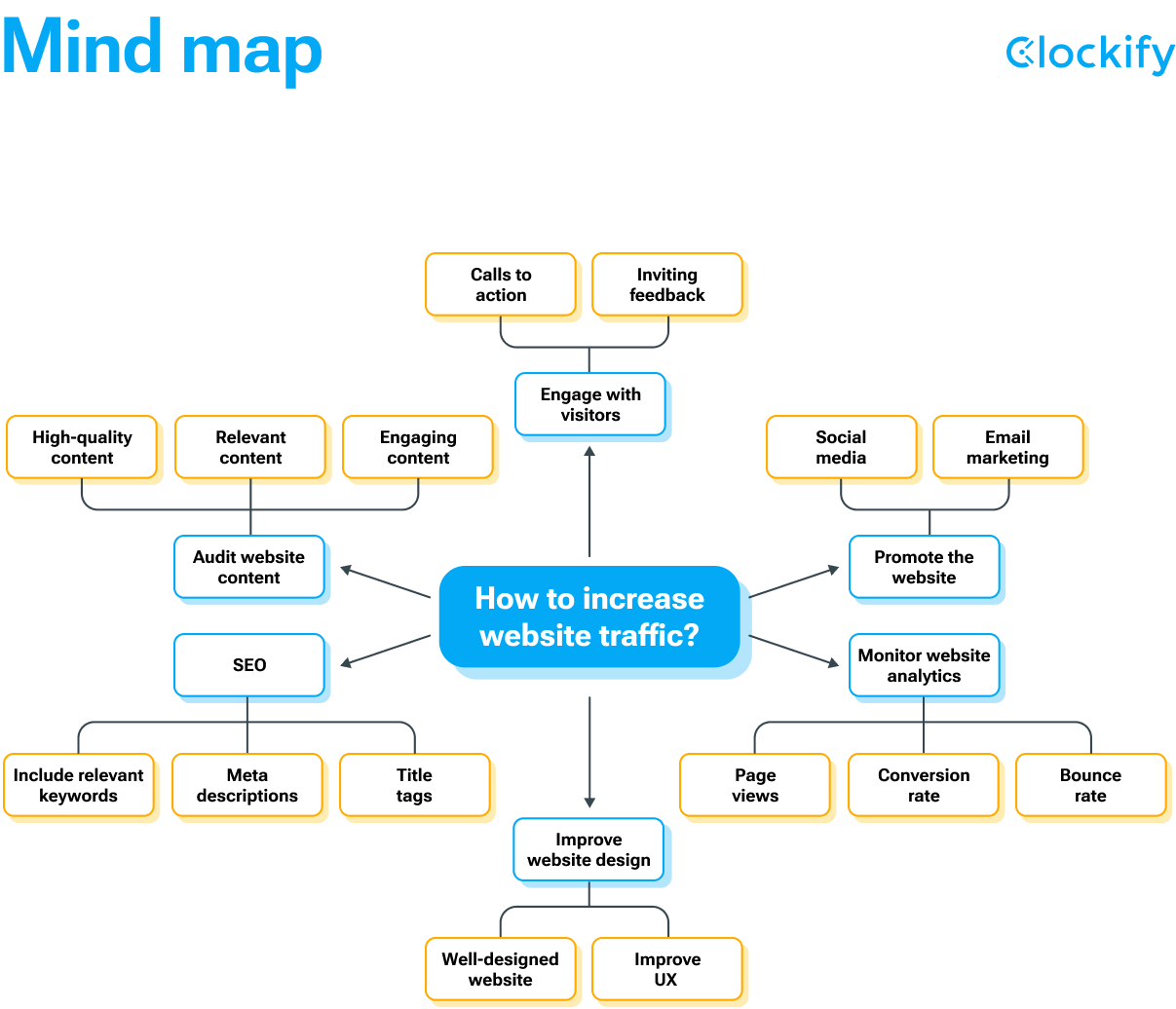Brainstorming Examples In Business
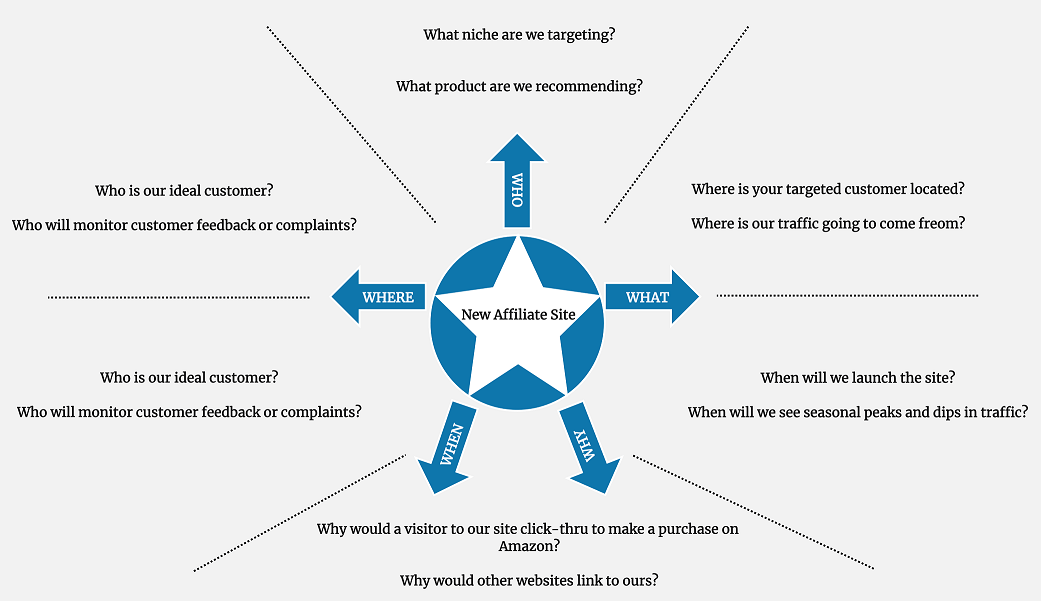
Imagine a room buzzing with energy. Post-it notes clinging to every surface, each a tiny beacon of a potential breakthrough. Laughter mixes with the murmur of ideas bouncing back and forth, as a team grapples with a complex problem, fueled by caffeine and a shared determination to innovate. This isn't just creative chaos; it's brainstorming in action.
This article dives into the power of brainstorming in the business world. We'll explore diverse examples, showcasing how it sparks innovation, fosters collaboration, and ultimately drives success.
The Power of Collective Thinking
Brainstorming, at its core, is a group creativity technique designed to generate a large number of ideas in a short period. It hinges on the principle that collective thinking surpasses individual limitations.
The core of brainstorming is to encourage all ideas, no matter how outlandish. Judgment is suspended to unlock the full creative potential of the group.
Historical Roots and Evolution
The term "brainstorming" was coined in the 1950s by Alex Osborn, an advertising executive. He sought a method to generate creative ideas for his agency, BBDO.
Osborn's initial approach emphasized deferred judgment and quantity over quality. Since then, brainstorming techniques have evolved to incorporate various structured approaches and digital tools.
Brainstorming in Action: Real-World Examples
Consider a scenario where a marketing team at a coffee chain faces declining sales among younger demographics. A brainstorming session could uncover a range of ideas, from introducing trendy new beverages to launching an engaging social media campaign targeting Gen Z.
Maybe someone suggests partnering with a popular TikTok influencer. Or, a team member might propose gamifying the customer experience through a loyalty app. These initial ideas can then be refined and developed.
Example: Product Development
A tech company wants to develop a new fitness tracker. Brainstorming sessions might explore features like sleep tracking, heart rate monitoring, and GPS.
The team might consider unique functionalities such as personalized workout recommendations based on user data, or even integration with virtual reality fitness games.
Example: Problem Solving
A manufacturing company struggles with production bottlenecks. Through brainstorming, employees from different departments could identify root causes and generate solutions.
Suggestions could range from streamlining the supply chain to implementing new automation technologies on the factory floor. A simple adjustment to the workflow could be a hidden gem.
Example: Improving Customer Service
An online retailer wants to improve customer satisfaction. A brainstorming session could focus on enhancing the online shopping experience, improving response times to customer inquiries, or offering personalized support.
Ideas might include implementing a live chat feature, creating a comprehensive FAQ section, or offering proactive customer service based on purchase history.
Tools and Techniques for Effective Brainstorming
Various tools and techniques can enhance brainstorming sessions. Mind mapping helps visualize ideas and their relationships.
Reverse brainstorming focuses on identifying potential problems and then finding solutions to prevent them. Online collaboration platforms such as Miro and Mural facilitate remote brainstorming.
Brainstorming: More Than Just Ideas
Ultimately, brainstorming is about more than just generating ideas. It fosters a culture of innovation and collaboration, empowering employees to contribute their unique perspectives.
By creating a safe space for open communication and experimentation, businesses can unlock their full creative potential and achieve remarkable results.
So, the next time you're facing a challenge, gather your team, grab some sticky notes, and unleash the power of collective thinking. You might be surprised at the breakthroughs that await.

